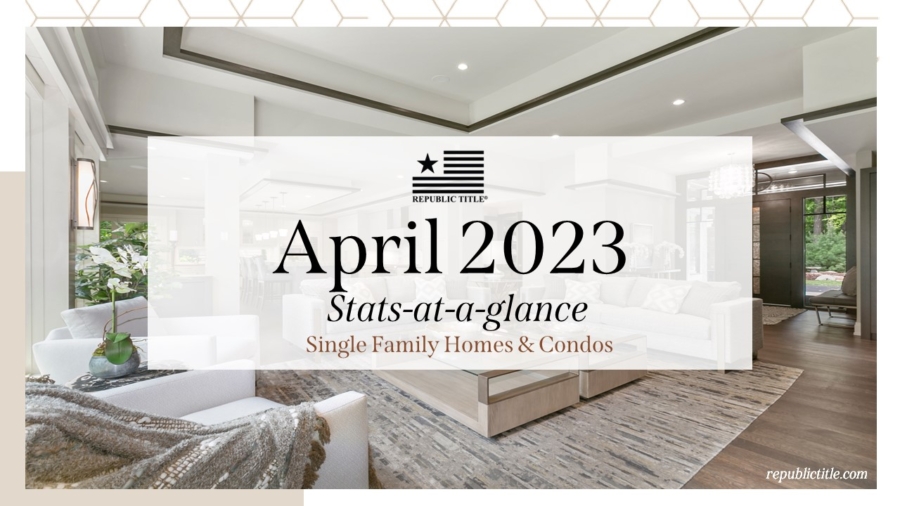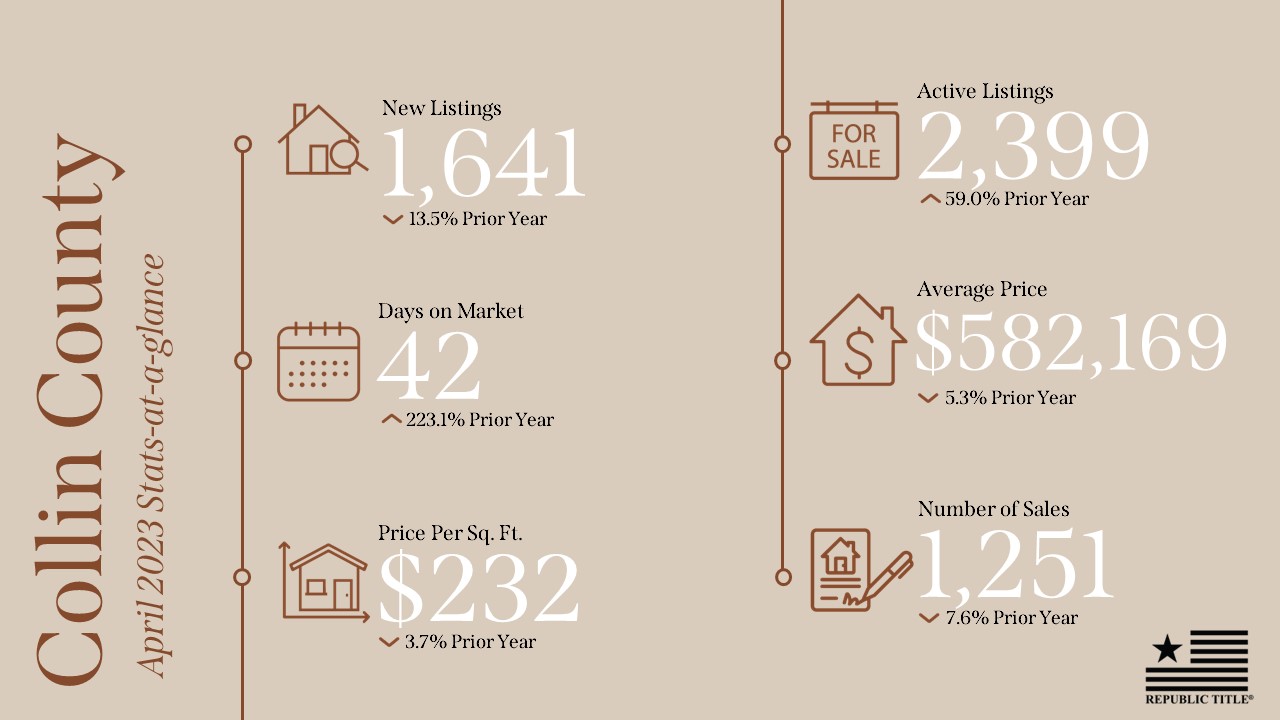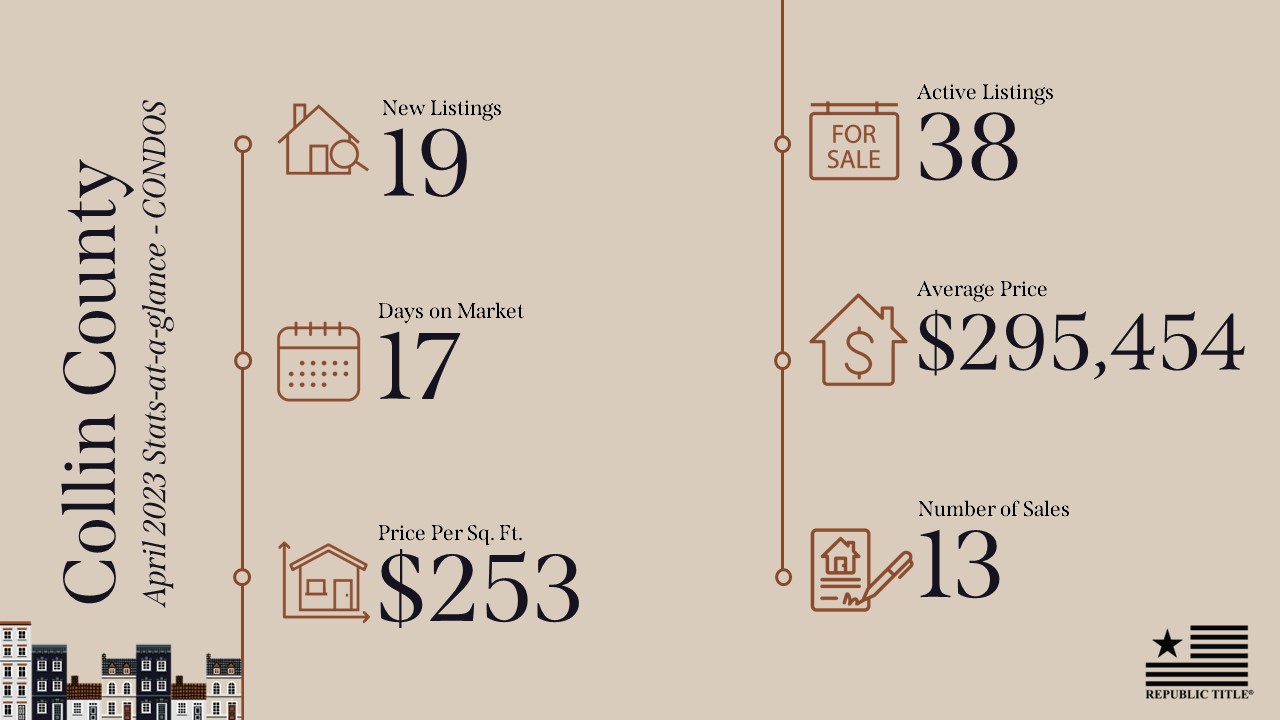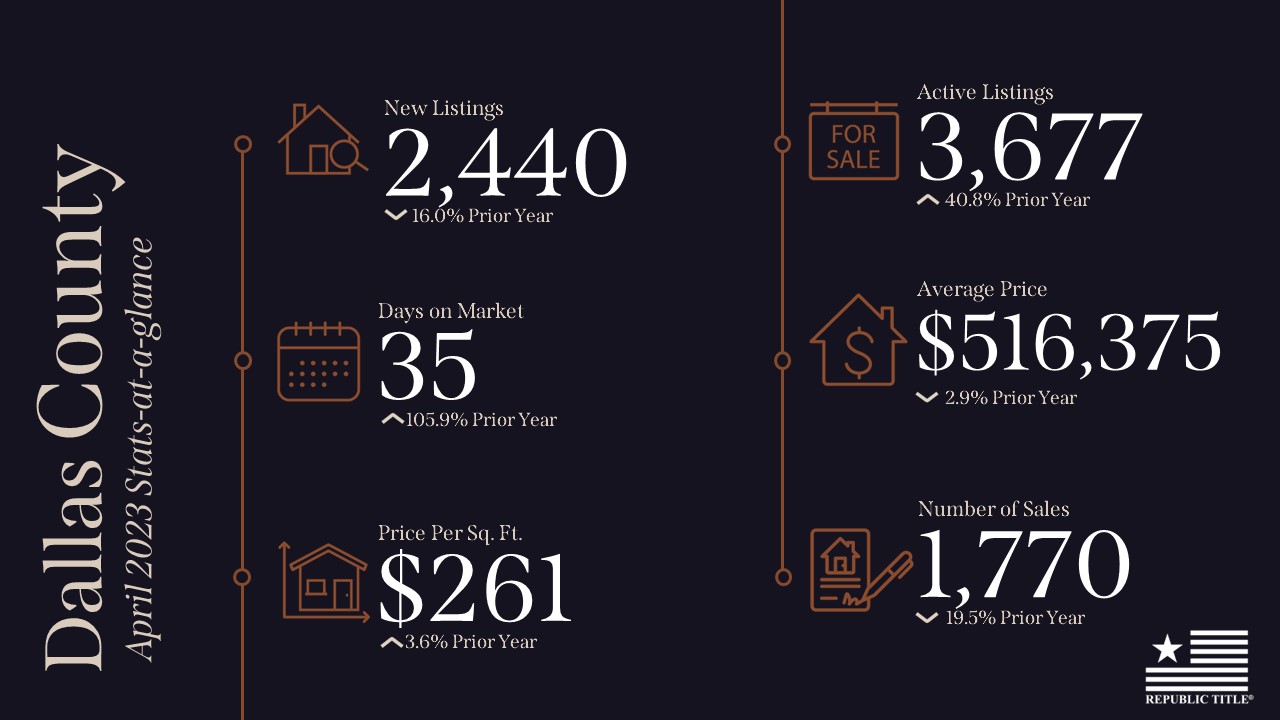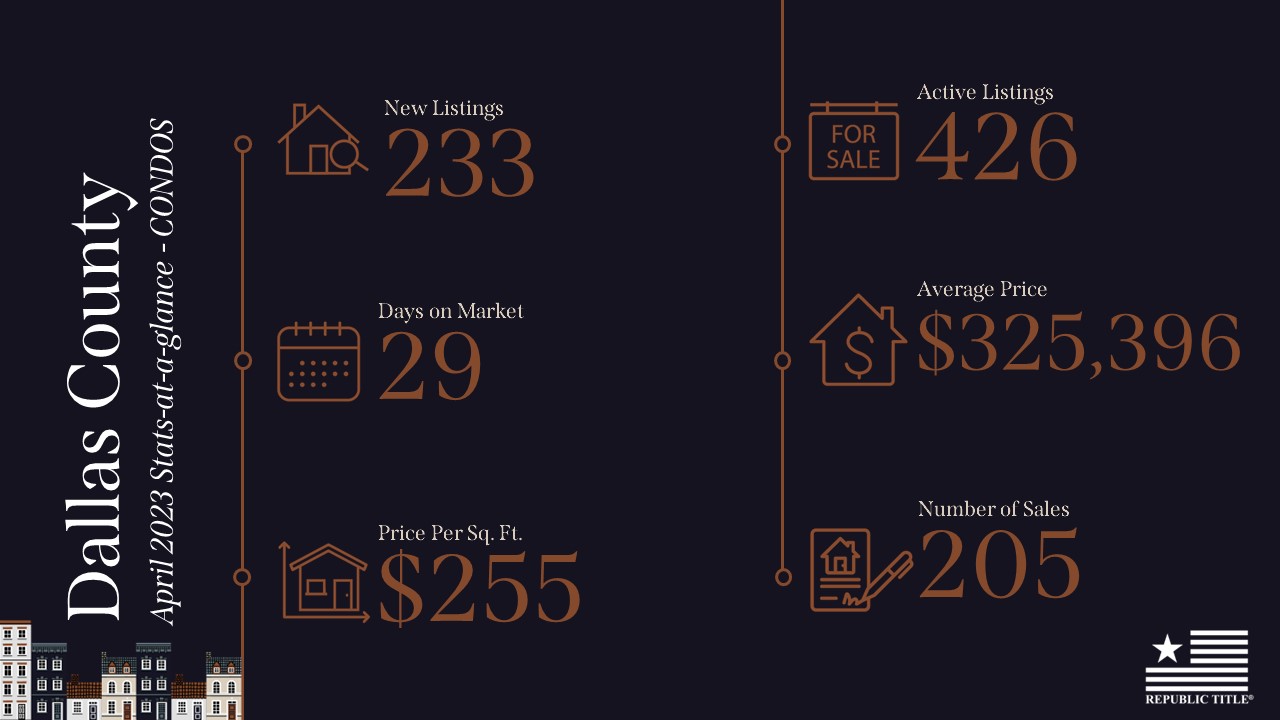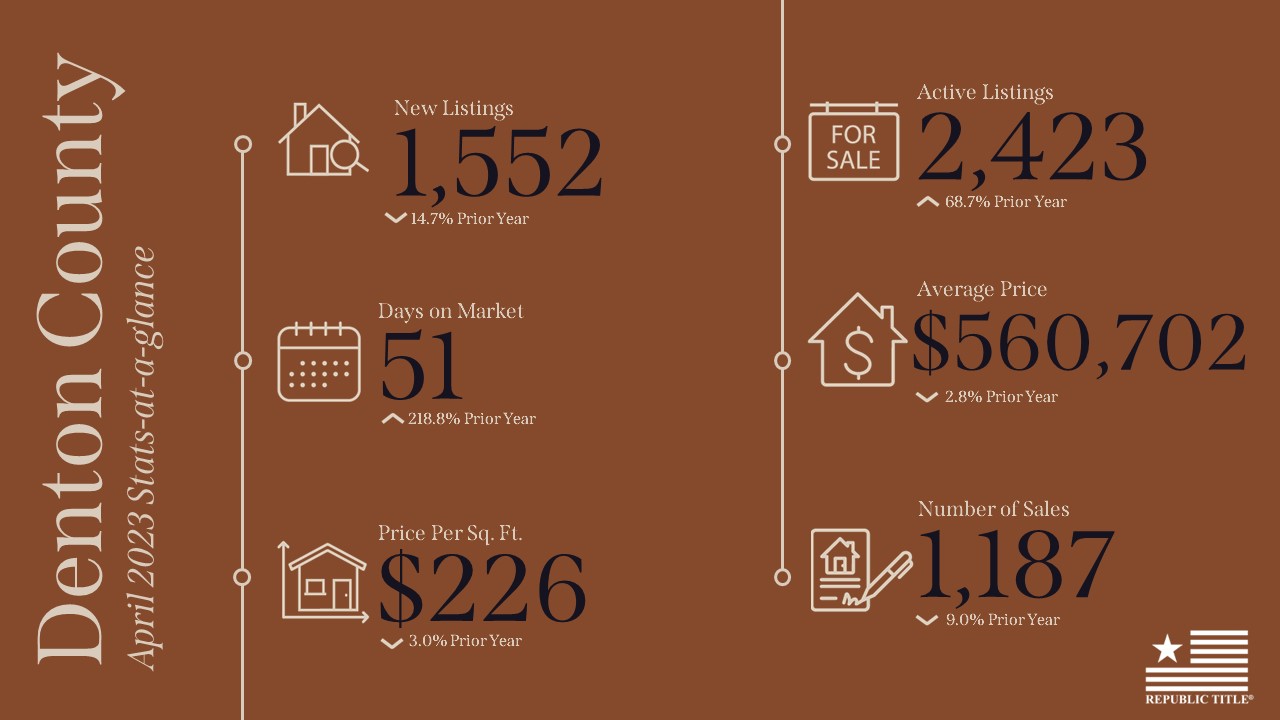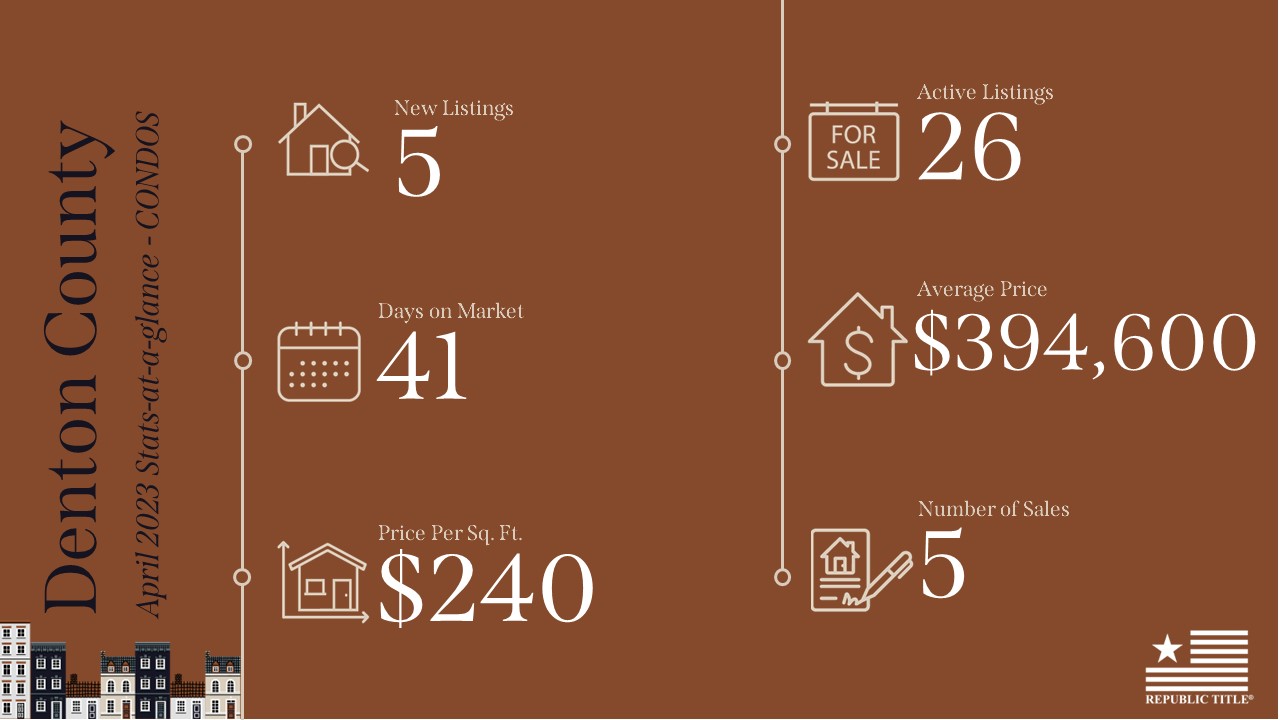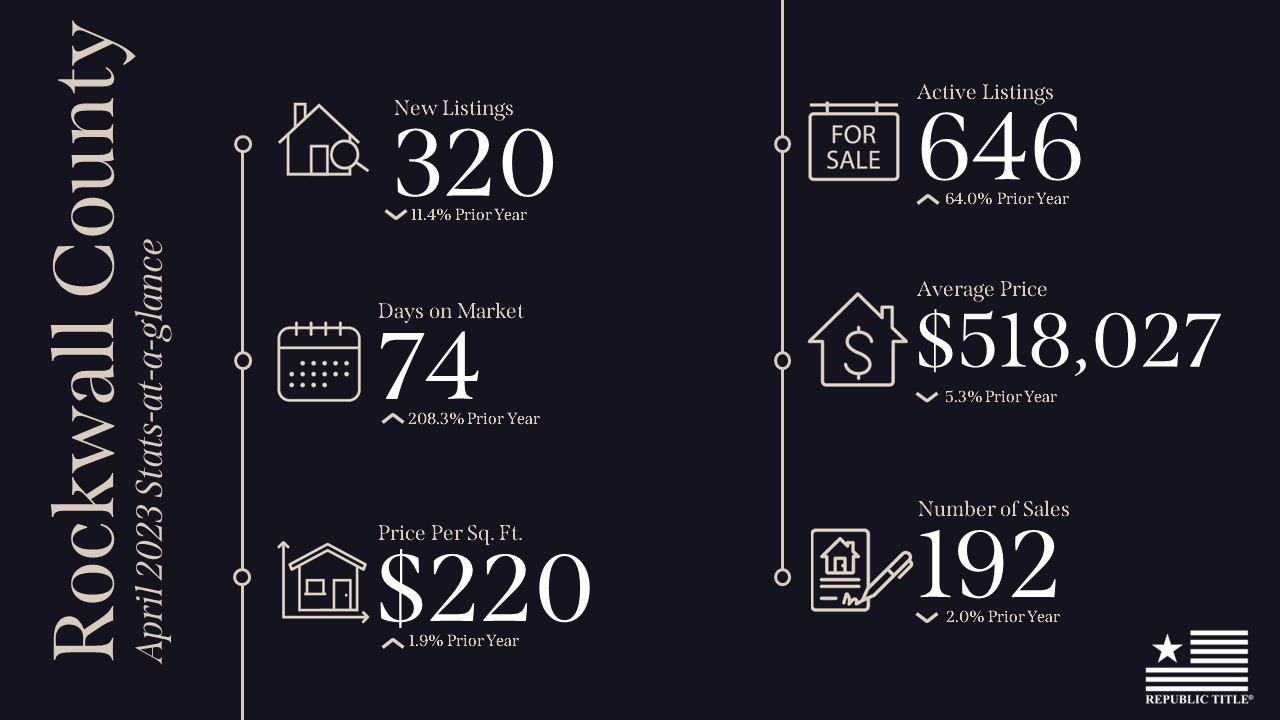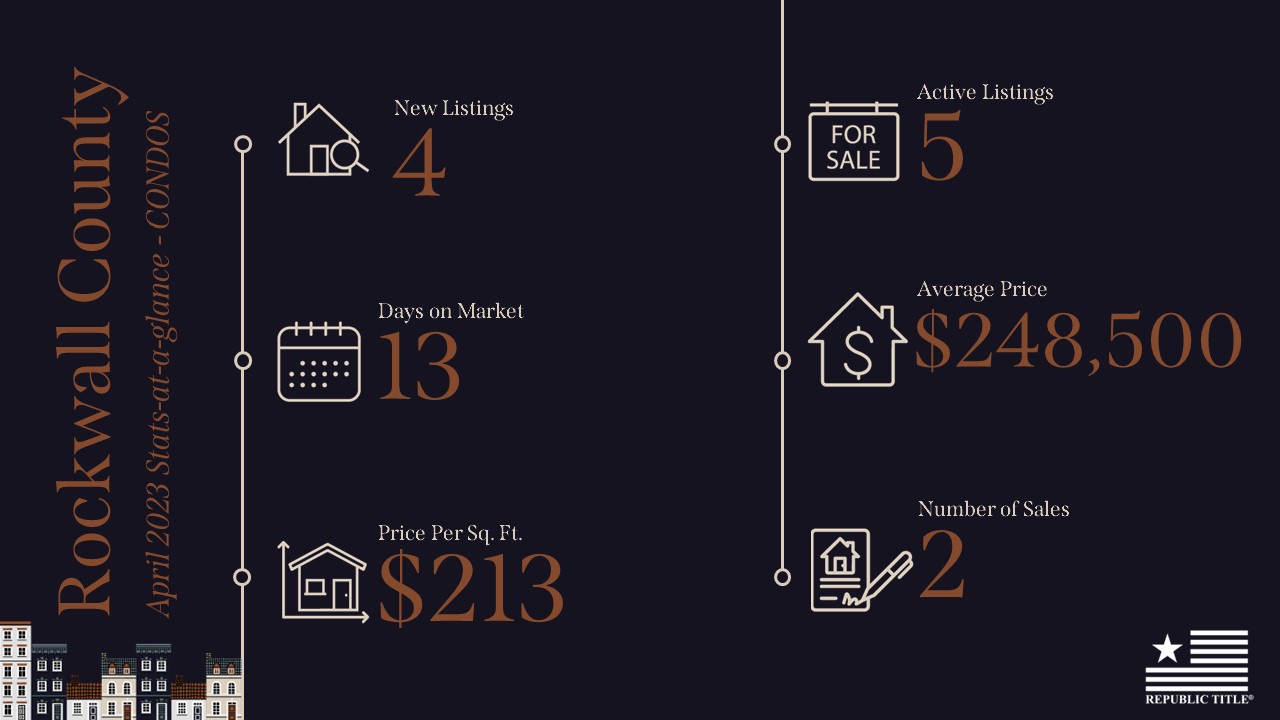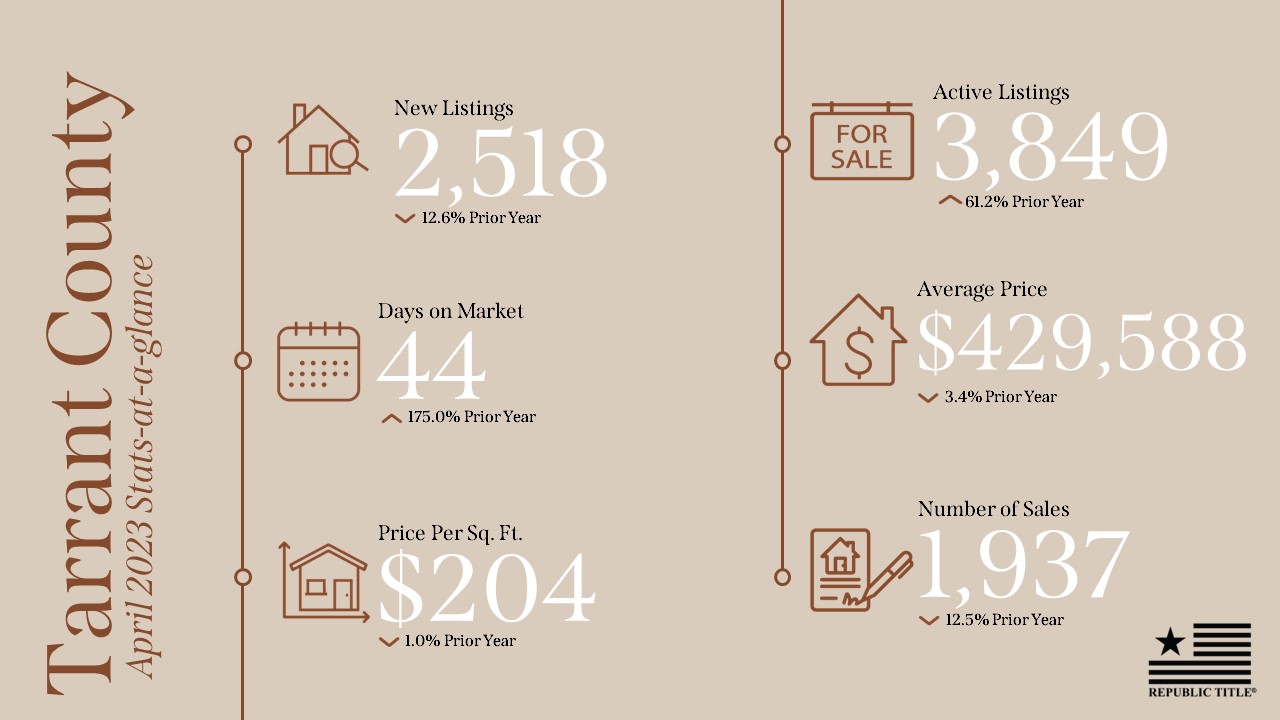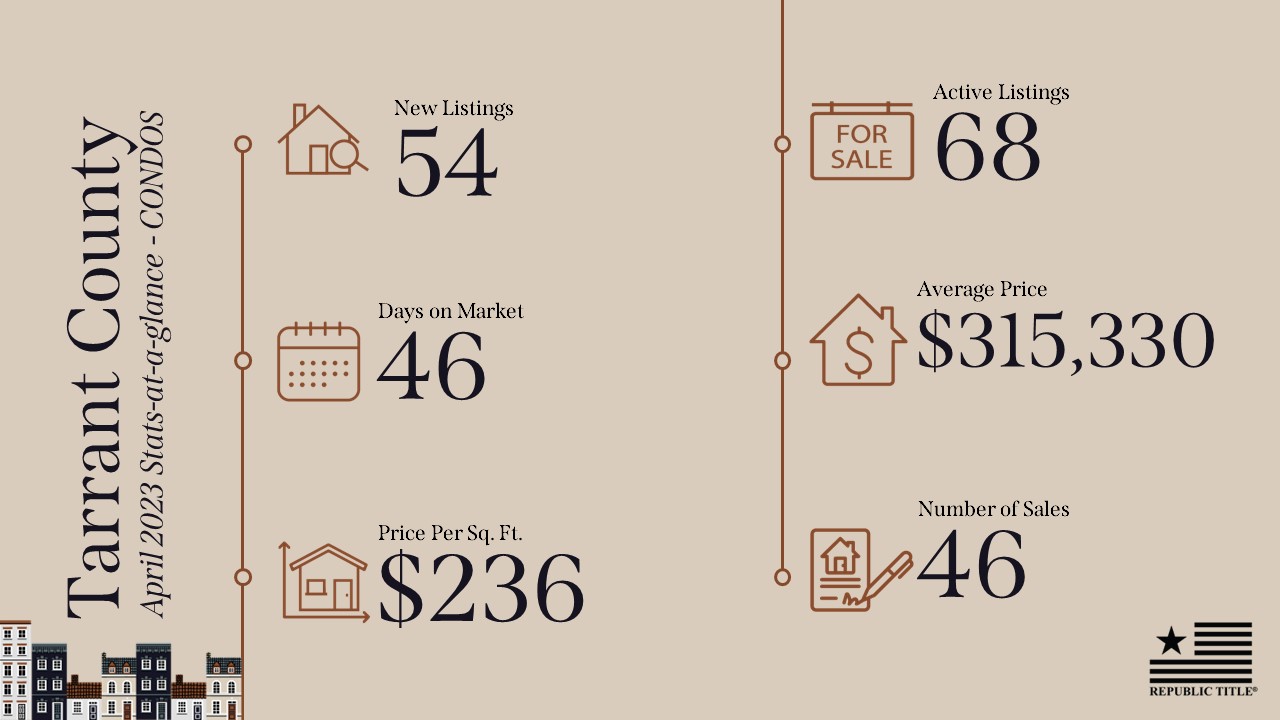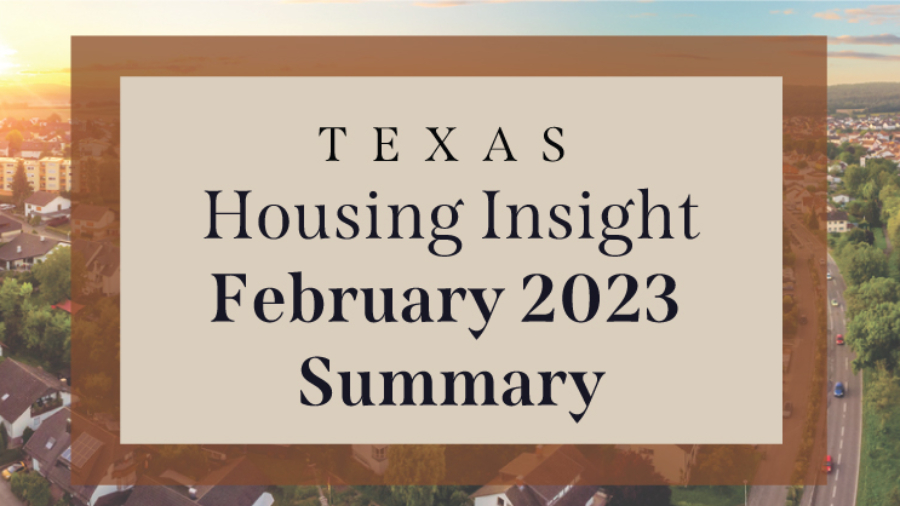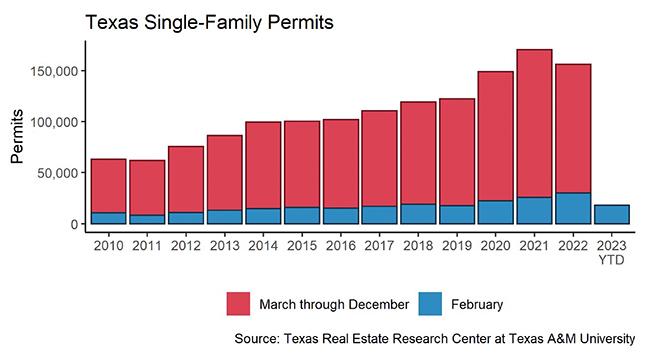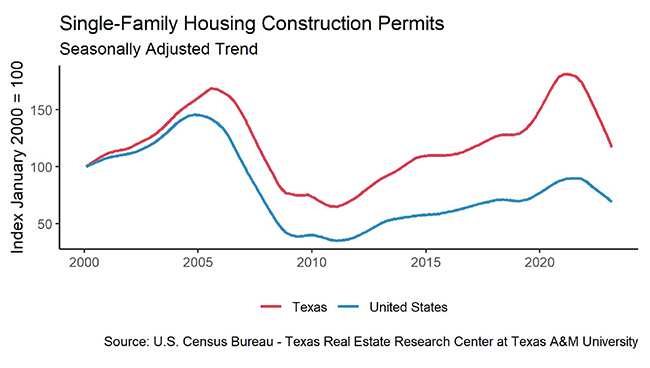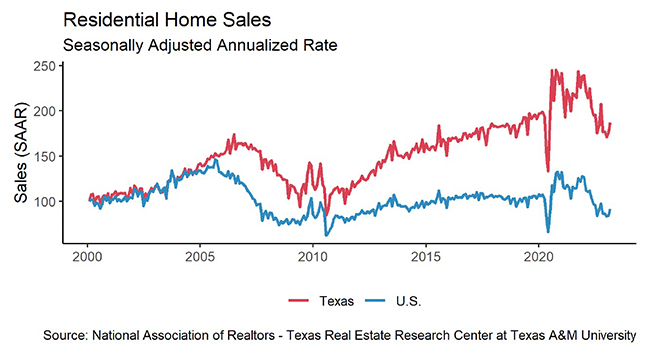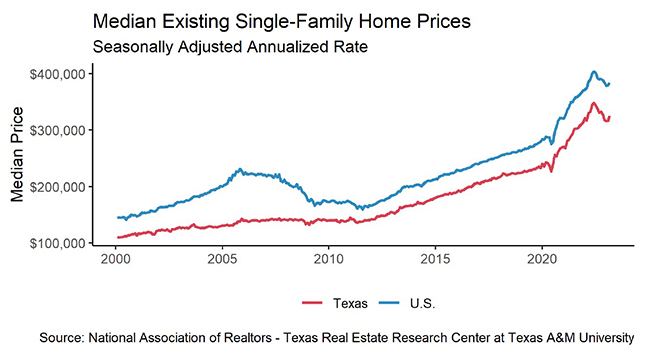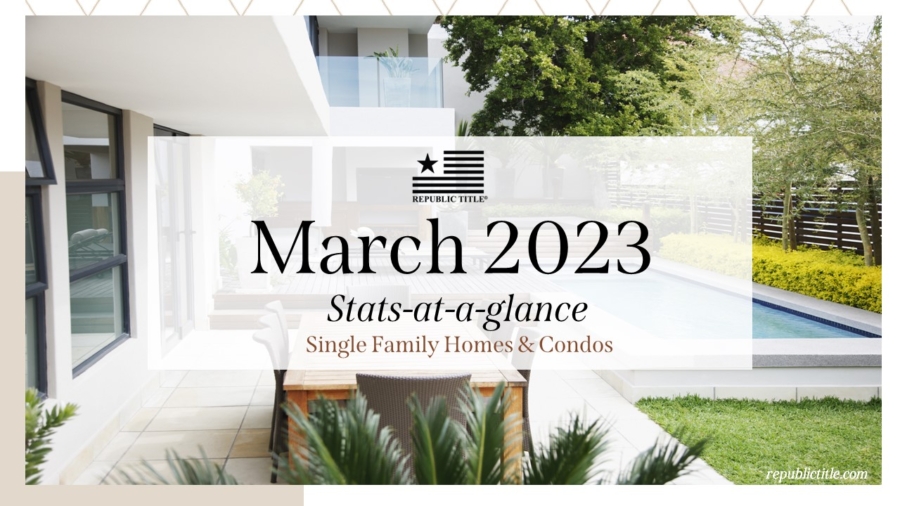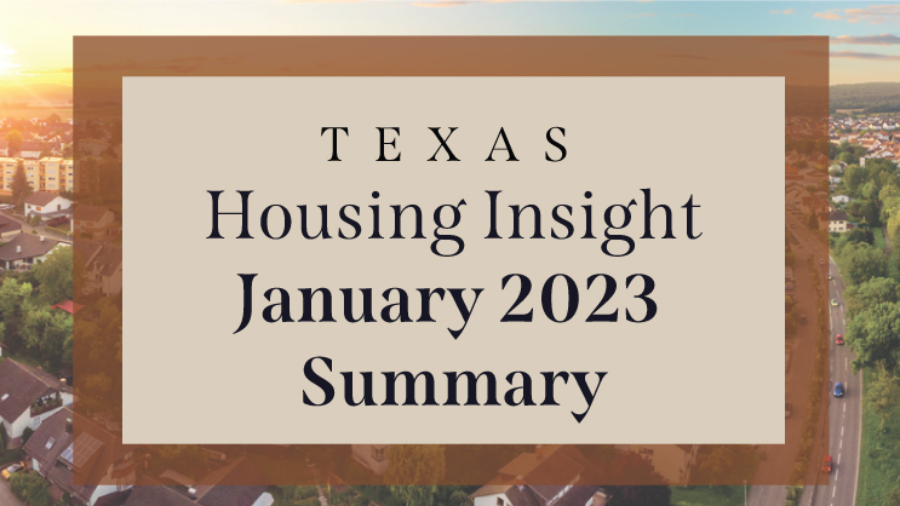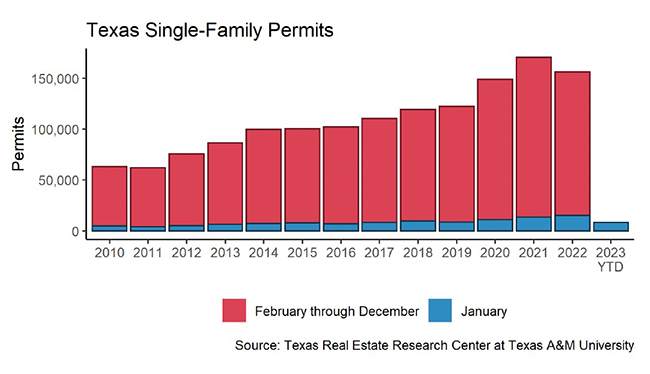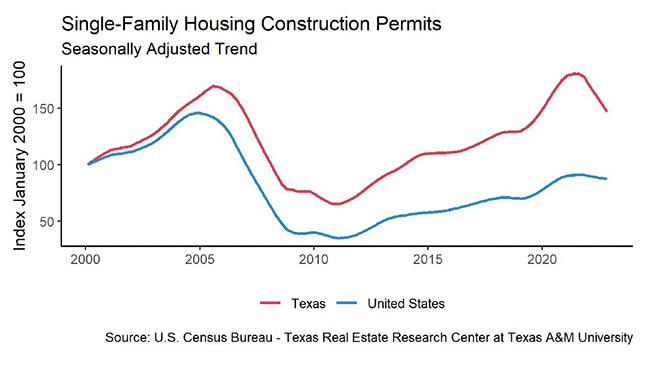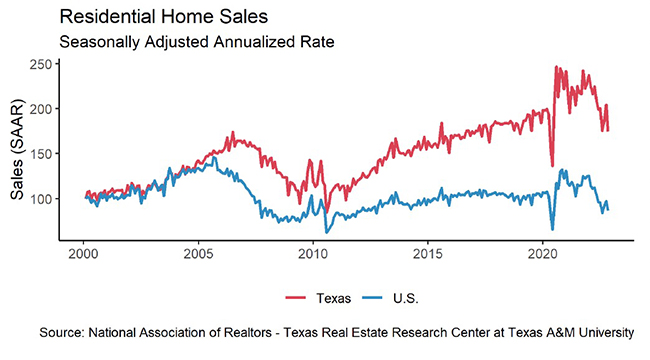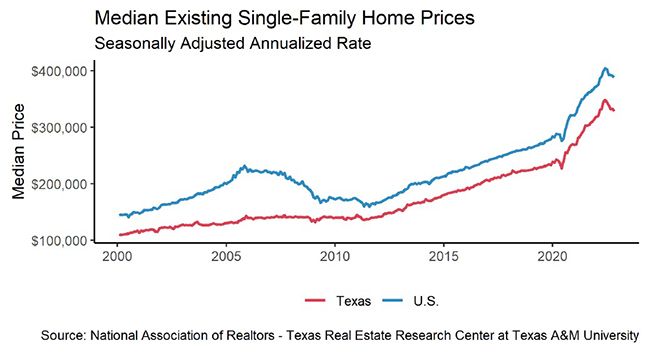If you’re a dog owner in the Dallas area, you’re in luck! The city is home to many fantastic dog parks where you and your furry friend can enjoy some fresh air, exercise, and socialization. Whether you’re looking for a spot to play fetch, run around, or simply relax, there’s a dog park in DFW that’s perfect for you. In this blog post, we’ll be listing out all the dog parks in the Dallas area, so you can find the one that’s closest to you or try out a new location. So grab your leash and let’s get started!
ALLEN
Mutts Canine Cantina
1070 Watters Creek Blvd., Allen, TX 75013
ARLINGTON
Rush Creek Dog Park
1900 Valleywood Dr., Arlington, TX 76013
Tails N Trails Dog Park
950 SE Green Oaks Blvd., Arlington, TX 76018
BEDFORD
Bedford Bark Park Dog Park
3200 Meadow Park Dr., Bedford, TX 76021
COPPELL
Waggin Tails Park (Formerly Coppell Dog Park)
400 S MacArthur Blvd., Coppell, TX 75019
DALLAS
Barry Annino Dog Park (Formerly Bark Park Central)
2530 Commerce St., Dallas, TX 75226
Central Dog Park
4711 Westside Dr., Dallas, TX 75209
Meadows Foundation Dog Park
1100 Skiles St., Dallas, TX 75204
My Best Friend’s Dog Park – Klyde Warren Park
2012 Woodall Rodgers Fwy., Dallas, TX 75201
Main Street Garden Urban Dog Run
1900 Main St., Dallas, TX 75201
NorthBark
4899 Gramercy Oaks Dr., Dallas, TX 75287
Wagging Tail
5841 Keller Springs Rd., Dallas, TX 75248
White Rock Lake Dog Park
8000 E. Mockingbird Ln., Dallas, TX 75218
DENTON
Wiggly Field Dog Park
1760 E. Ryan Rd., Denton, TX 76210
FLOWER MOUND
Lakeside Dog Park at Heritage Park
41047281, Flower Mound, TX 75022
Hound Mound Dog Park
1202 S. Garden Ridge Blvd., Flower Mound, TX 75028
FRISCO
Ruff Range Dog Park
5335 4th Army Memorial Rd., Frisco, TX 75034
FORT WORTH
Fort Woof Dog Park
751 Beach St., Fort Worth, TX 76111
Z Boaz Dog Park
6950 Camp Bowie W Blvd., Fort Worth, TX 76116
GRAND PRAIRIE
Central Bark Dog Park at Veterans Park
7445, 2222 W Warrior Trail, Grand Prairie, TX 75052
IRVING
Irving Dog Park
4140 Valley View Ln, Irving, TX 75038
LEWISVILLE
Railroad Park
4140 Valley View Ln, Irving, TX 75038
MCKINNEY
Bonnie Wenk Dog Park
2996 Virginia Pkwy, McKinney, TX 75071
PLANO
Jack Carter Dog Park
2215 Pleasant Valley Dr, Plano, TX 75023
RICHARDSON
Bush Central Barkway
3581 N Central Expy, Richardson, TX 75023
ROCKWALL
Harry Myers Dog Park
815 E Washington St, Rockwall, TX 75087
SOUTHLAKE
BooBoo’s Buddies Dog Park at Bob Jones Park
3901 N White Chapel Blvd, Southlake, TX 76092
For this and other helpful DFW area information, please visit our Resource Section.
**Print Version




